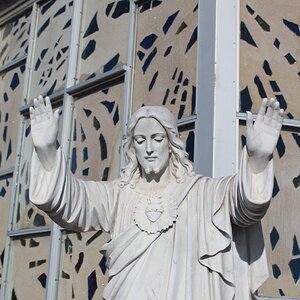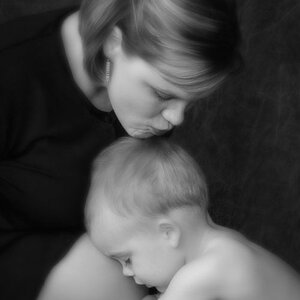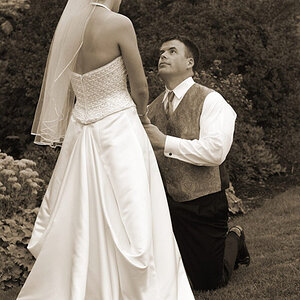fjrabon
Been spending a lot of time on here!
- Joined
- Nov 3, 2011
- Messages
- 3,644
- Reaction score
- 754
- Location
- Atlanta, GA, USA
- Can others edit my Photos
- Photos OK to edit
So, with the D600 coming out, I'm trying to sort of 'get all the info' on crop frame v. full frame. I'll probably rent a D600 after it comes out, before I fully decide, but I have a question:
I tend to like the enhanced sense of depth that comes from shorter focal lengths. I almost never use telephotos for anything other than long distance sports shots. Almost always, if I can, I tend to choose a wider focal length and get closer, for the enhanced sense of depth. For my tastes, there's nothing like being able to almost feel like you could 'step inside' a photograph.
My question is this: For a given focal length, the compression is the same, regardless of whether or not it's full frame or crop frame? Correct? ie a 35mm lens on a crop frame has the same sense of depth as a 35mm on a full frame, even though the field of view is roughly equivalent to 50mm on a full frame for the 35mm on a crop frame? So, basically, for a given field of view, full frames will have more compression?
I guess I could always just zoom out if I wanted more sense of depth, and then crop the picture in post. But I'm mostly just wondering if the way I'm thinking about compression, and full frame v crop frame is correct?
I tend to like the enhanced sense of depth that comes from shorter focal lengths. I almost never use telephotos for anything other than long distance sports shots. Almost always, if I can, I tend to choose a wider focal length and get closer, for the enhanced sense of depth. For my tastes, there's nothing like being able to almost feel like you could 'step inside' a photograph.
My question is this: For a given focal length, the compression is the same, regardless of whether or not it's full frame or crop frame? Correct? ie a 35mm lens on a crop frame has the same sense of depth as a 35mm on a full frame, even though the field of view is roughly equivalent to 50mm on a full frame for the 35mm on a crop frame? So, basically, for a given field of view, full frames will have more compression?
I guess I could always just zoom out if I wanted more sense of depth, and then crop the picture in post. But I'm mostly just wondering if the way I'm thinking about compression, and full frame v crop frame is correct?




![[No title]](/data/xfmg/thumbnail/36/36102-8cd330c175e72b4b8009082908e60620.jpg?1619737346)

![[No title]](/data/xfmg/thumbnail/37/37522-f67b10bc5ee534f9bc21ee94917445b9.jpg?1619738129)






